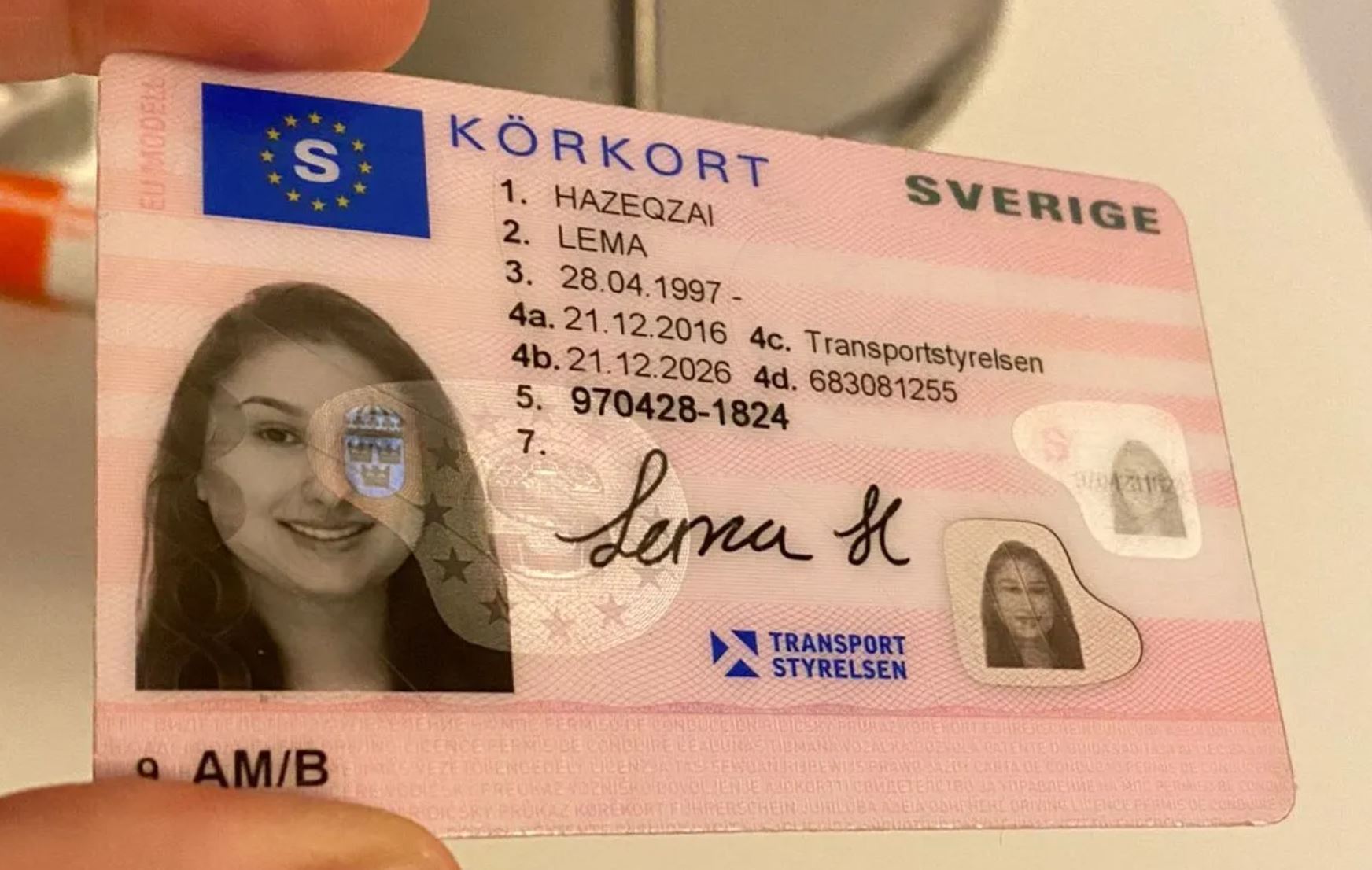The Best Way To Explain Driving License Id-Handling 2025 To Your Mom
페이지 정보

본문
Navigating the New Landscape of Driving License ID Handling in 2025
In every society, the driving license functions as a vital document, not simply as a proof of the ability to operate a car however also as a recognition tool. As we enter 2025, substantial modifications have emerged regarding the handling and management of driving licenses, mostly affected by advances in technology, developing policies, and the need for boosted security measures. This short article intends to deliver a detailed overview of driving license ID managing in 2025, illuminating the technologies involved, the approaching legal improvements, and providing responses to common inquiries.
The Transition to Digital Driving Licenses
One of the most noteworthy improvements in driving license ID handling is the prevalent adoption of digital driving licenses. These digital licenses are saved digitally on mobile phones, offering numerous conveniences to both chauffeurs and authorities. In the United States, for example, many states have actually started executing digital chauffeur's licenses, while nations such as Canada and the UK are expected to do the same quickly.
Secret Benefits of Digital Driving Licenses
- Convenience: Easily accessible on mobile phones, removing the need to carry physical copies.
- Boosted Security: Incorporating biometric functions and encryption assists to combat identity theft and scams.
- Real-time Updates: Immediate updates to personal info, such as modifications in address or status, improve precision.
Difficulties and Concerns
Despite the benefits, the transition to digital licenses provides obstacles, including issues about privacy, cybersecurity dangers, and the digital divide affecting those without access to smartphones or the web.
Modifications in Regulatory Framework
As we head into 2025, a number of regulations surrounding driving licenses have come under scrutiny and transformation. Governments and regulative bodies are focusing on making sure that driving licenses are safe, legitimate, and released in compliance with established laws.
Key Legislative Trends
Standardized ID Formats: Countries are moving towards a standardized format for driving licenses to enhance recognition and enhance security.

Increased Verification Procedures: Authorities are now using innovative methods such as facial recognition and AI to improve verification procedures at checkpoints.
Concentrate on Sustainability: With growing ecological issues, many states are choosing eco-friendly products for physical licenses and checking out robust digital alternatives.
Age and Identity Verification: Enhanced procedures are being put in place to properly confirm the age and identity of chauffeurs, particularly in contexts where age-related laws use to driving.
The Global Perspective: State-By-State Comparison
| Country | Digital License Implementation | Current Regulations | Notable Features |
|---|---|---|---|
| United States | A number of states in progress | Differs by state, efforts to merge formats | QR codes for simple recognition |
| Canada | In pilot phases | Standardized recognition throughout provinces | Combination with health IDs |
| UK | Early adoption stage | Focus on KöRkort online kvalitet renewal and information updates | Digital verification via the app |
| Australia | Under consideration | Significantly stringent recognition protocols | Focus on fraud prevention |
The Role of Technology in ID Handling
Innovation is changing how driving licenses are dealt with. AI, blockchain, and biometrics are ending up being important to driving license issuance and verification.
Innovations Shaping the Future
Synthetic Intelligence: AI algorithms are now utilized for recognizing patterns in driving behaviors, which can notify insurance coverage premiums and legal ramifications.
Blockchain Technology: Ensuring the stability and authenticity of driving license data, blockchain innovation allows for safe and secure sharing of details in between authorities without fear of tampering.
Biometrics: Increasingly, biometric systems are implemented at the point of issuance and confirmation, such as facial acknowledgment and fingerprint scanners, to ensure secure identity verification.
Potential Impacts of Emerging Technologies
The implementation of these technologies can cause boosted dependability and security of driving IDs, but it raises concerns about information privacy and user authorization.
Often Asked Questions (FAQs)
1. What should I do if my digital driving license is lost or stolen?
You should right away report the loss or theft to your regional motor car agency. The majority of digital licenses have built-in features to disable access remotely.
2. Are digital driving licenses accepted everywhere?
As of 2025, acceptance of digital licenses differs by area. It's recommended to carry both digital and physical copies when taking a trip across state or national borders.
3. Can I upgrade my info on a digital driving license?
Yes, updates can typically be made through the associated mobile application or website of the releasing authority.
4. What are the security procedures for digital licenses?
Digital licenses usually include functions such as encryption, two-factor authentication, and biometric confirmation to enhance security.
5. How will conventional driving licenses be affected?
The relocation towards digital licenses might decrease the issuance of physical licenses, however they will still be readily available for those unable to access digital alternatives.
As we advance into a brand-new era in 2025, the handling of driving licenses is optimizing to fulfill the needs of contemporary society. Through technological developments and regulatory reforms, individuals can expect a more safe, effective, and structured procedure for obtaining and managing their driving licenses. However, as digital options multiply, it stays necessary to address challenges connecting to personal privacy, security, and availability, ensuring fair roadway access for all motorists while securing individual information. As governments around the world continue to adapt to these modifications, the future of driving license ID handling is set to be both dynamic and transformative.
- 이전글How To Create An Awesome Instagram Video About Buy A Driver's License Without Taking A Driving Test 25.06.09
- 다음글15 Shocking Facts About Summer Sofa Sale You've Never Heard Of 25.06.09
댓글목록
등록된 댓글이 없습니다.



